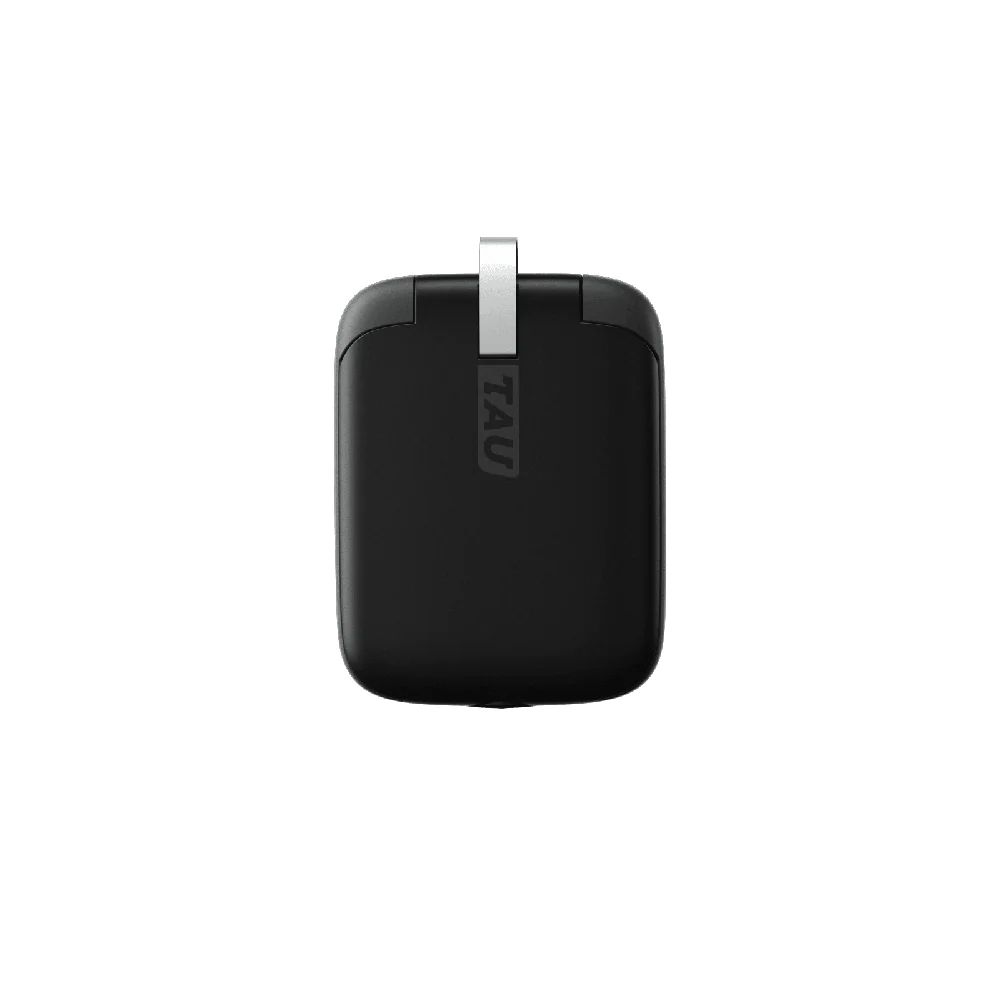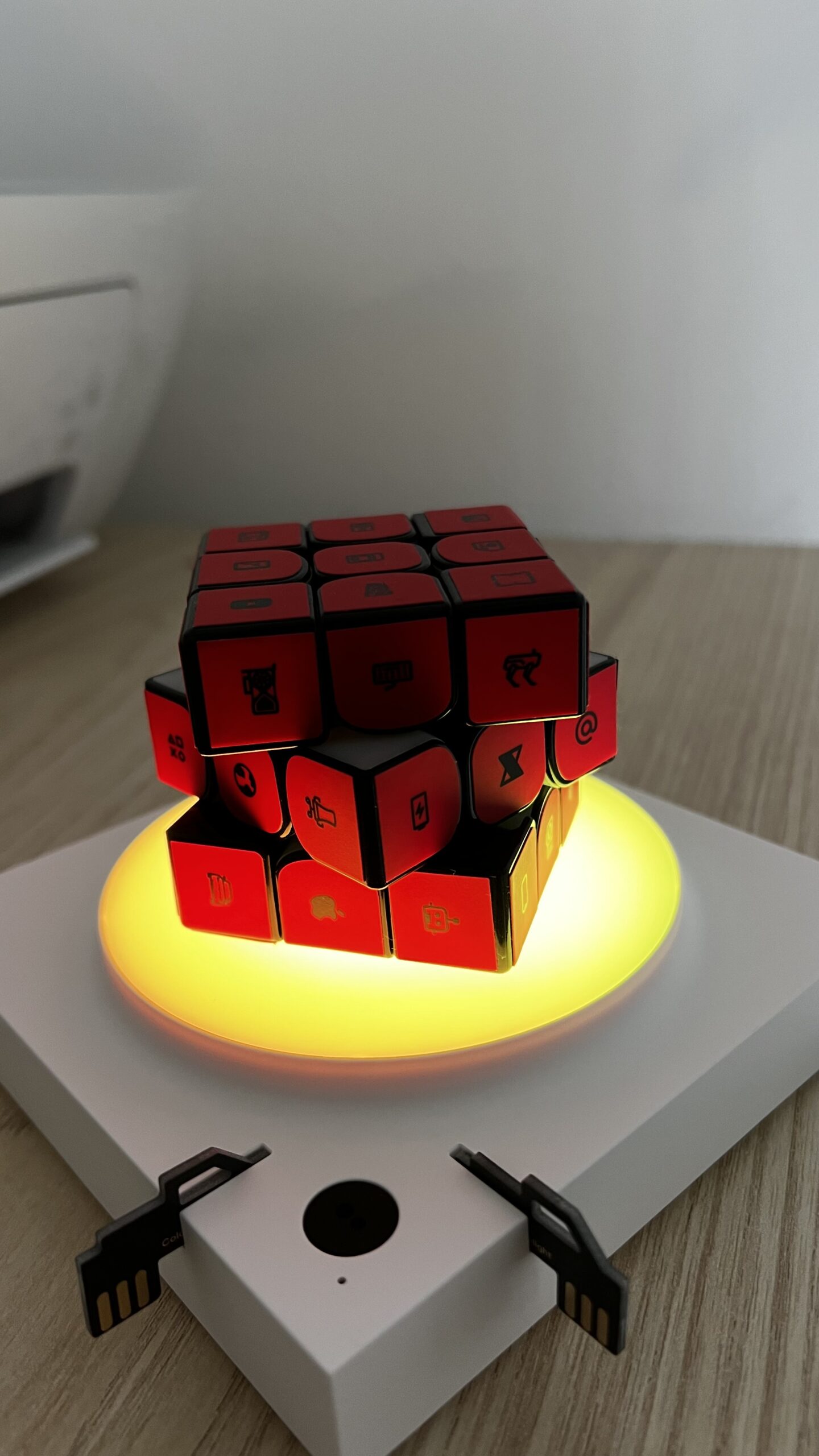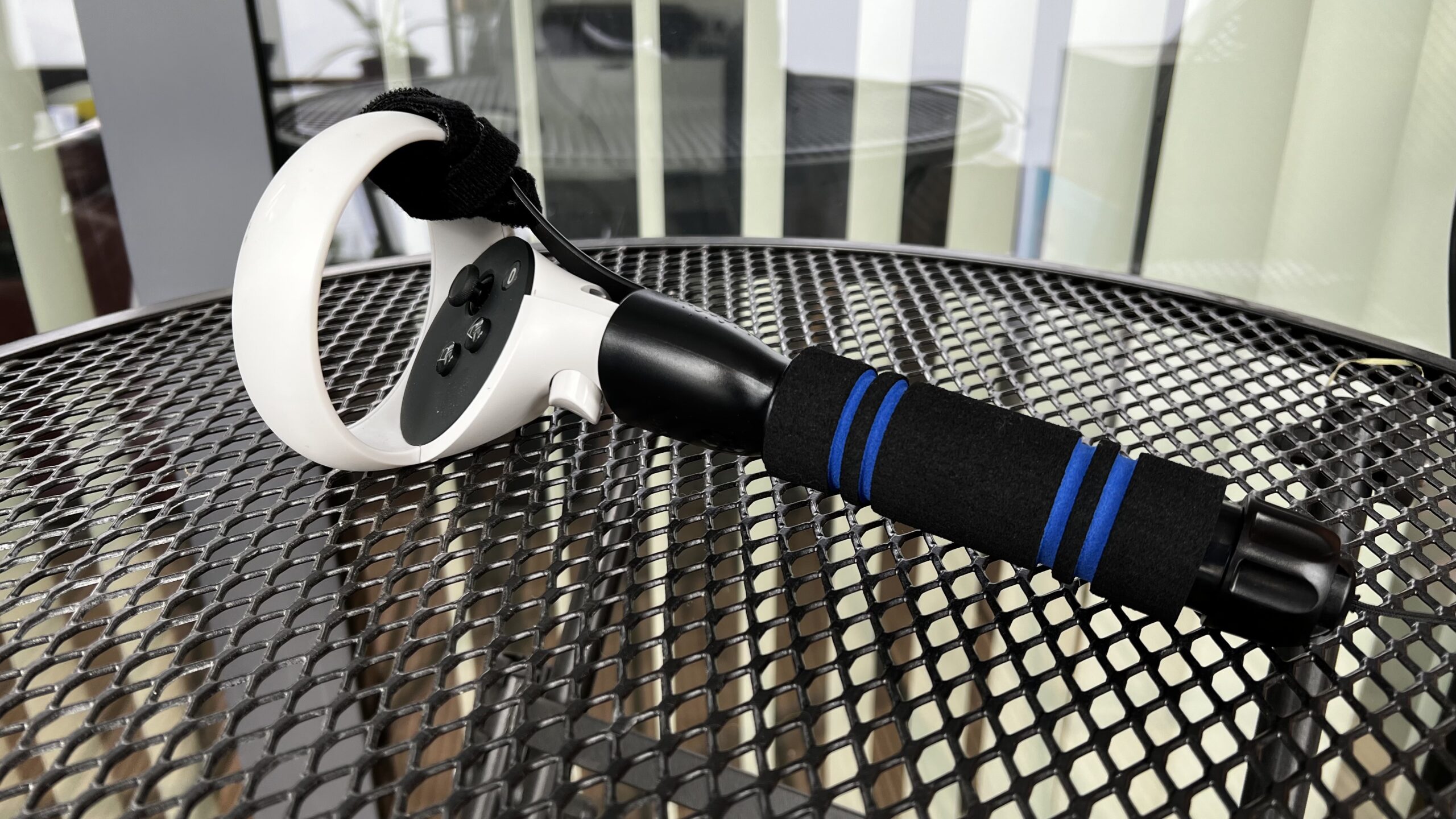Lumus, a pioneering developer of reflective waveguide technology for augmented reality (AR) eyewear, has announced its 2nd generation Z-Lens 2D waveguide architecture. Building upon the original Maximus 2D architecture, the Z-Lens technology enables the development of smaller, lighter AR glasses with high-resolution image quality, outdoor-compatible brightness, and seamless Rx integration. The new technology will be publicly demonstrated for the first time at CES 2023.
Lumus CEO Ari Grobman emphasized the importance of both functionality and aesthetics in AR glasses to penetrate the consumer market in a meaningful way. The Z-Lens technology aligns form and function, eliminating barriers to entry for the industry and paving the way for widespread consumer adoption. Grobman believes that the introduction of the Maximus 2D reflective waveguide technology two years ago was just the beginning and that Z-Lens, with all of its improvements, unlocks the future of augmented reality that consumers are eagerly waiting for.
The Z-Lens waveguide architecture maintains the superb image quality and high luminance efficiency advantages of its predecessor, Maximus, but features an optical engine that is 50% smaller. This allows for more compact AR optics, reducing the weight and bulk associated with many of today’s solutions. Additionally, the new architecture offers more flexibility for glasses manufacturers to place the entrance aperture in various positions, resulting in a more natural-looking design for the glasses.
Z-Lens’ new, lightweight optical engine features 2K x 2K resolution and full, vibrant color, offering superb image quality. With a brightness of 3,000 nits/Watt, consumers will be able to enjoy augmented reality in daylight through a pair of glasses that, from the outside, are virtually indistinguishable from a non-AR pair. This innovation in AR glasses design will help to propel the industry forward by making the technology more appealing and accessible to consumers.
Lumus’ Z-Lens architecture also allows for direct bonding of optical elements for Rx prescription glasses, which can be licensed and utilized by manufacturing partners. This feature allows consumers to customize their AR eyeglasses to their vision without bulky, heavy inserts, enabling them to be utilized as normal eyewear. This integration of AR technology into everyday eyewear is a significant step toward making augmented reality a part of consumers’ daily lives.
The new bonding feature within Z-Lens also allows for dynamic focal lens integration, which helps solve vergence-accommodation conflict (VAC), a visual phenomenon that occurs when the brain receives mismatching cues between vergence and accommodation of the eye. Addressing this issue is critical to providing a positive user experience for consumers using AR glasses.
Z-Lens eliminates ambient light artifacts on the lenses, a common issue in AR glasses, and prioritizes privacy by eliminating light leakage. This ensures that third parties cannot see what the AR wearer is viewing, protecting users’ privacy while they enjoy the benefits of augmented reality.
In a pair of AR glasses, lenses that utilize Z-Lens reflective waveguides function as the ‘screen’ on which content is displayed, originating from any of a variety of micro-display technologies including microLED, LCoS, or laser-based micro-projectors, integrated into the top perimeter corner of each lens cutout. This integration of display technology into the eyeglass lenses allows for a more seamless and unobtrusive user experience.
Lumus’ Z-Lens architecture is poised to play an outsized role in advancing the AR eyeglass market, a category at the threshold of rapid growth. Grobman believes that AR glasses are set to transform society, offering better ergonomics than smartphones, novel interaction opportunities with various environments and businesses, and a much more seamless experience than handheld devices. The future, quite literally, is looking up.
With more than 430 patents and over 540 additional patents pending, Lumus is among the world’s top patent holders for augmented reality technology. The company’s commitment to innovation and pushing the boundaries of AR eyewear is evident in the development of the Z-Lens technology, which is expected to play a significant role in driving consumer adoption of augmented reality glasses.
The first prototypes of Lumus Z-Lens will feature a 50-degree field of view, with the company’s product roadmap aiming to reach greater than 80 degrees. Z-Lens can be integrated into finished products that appear virtually identical to standard eyeglasses, making them more appealing to the average consumer and increasing the likelihood of mass adoption.
As the AR eyeglass market continues to expand, the introduction of Lumus’ Z-Lens technology represents a significant milestone in the development of consumer-friendly, high-performance augmented reality eyewear. By addressing many of the key obstacles that have hindered widespread adoption, Lumus is positioning itself as a leader in the industry, and its innovative Z-Lens technology is poised to revolutionize the way consumers experience and interact with the world around them.
As the technology continues to advance and more manufacturers incorporate the Z-Lens architecture into their products, the potential applications of AR eyewear will only continue to grow. From education and professional training to entertainment and communication, augmented reality has the potential to change the way we live, work, and play.







